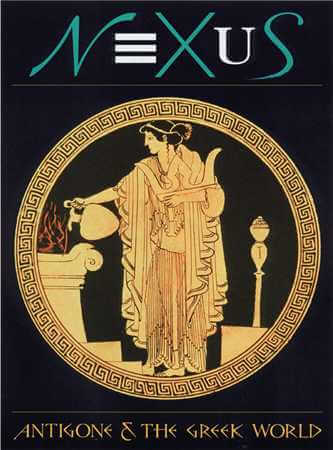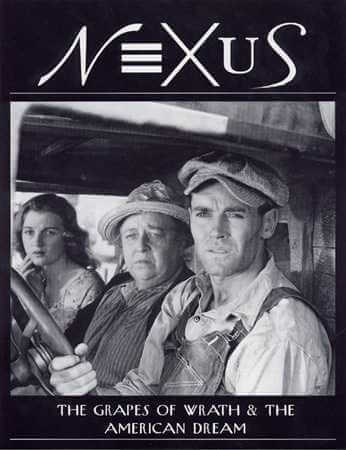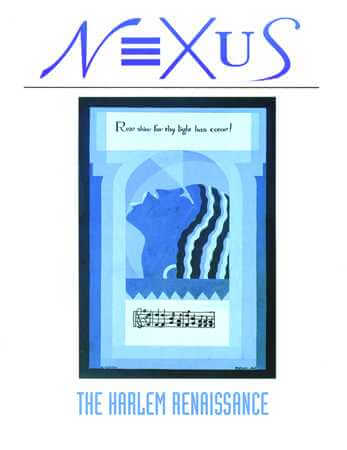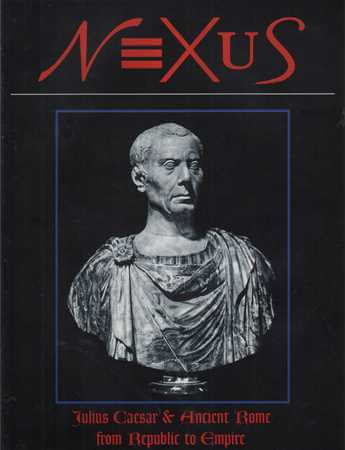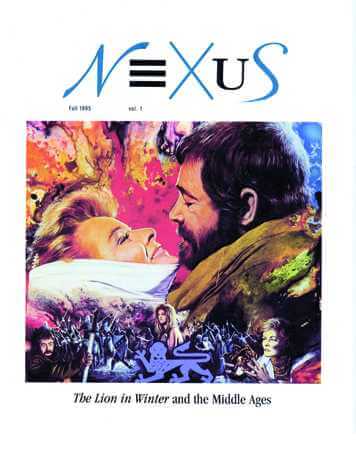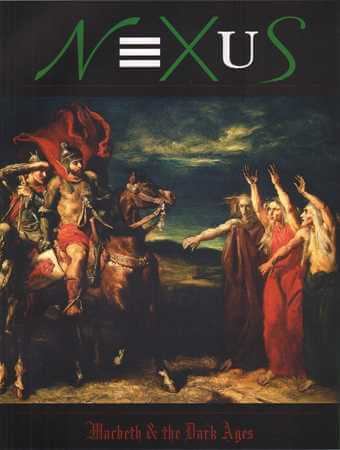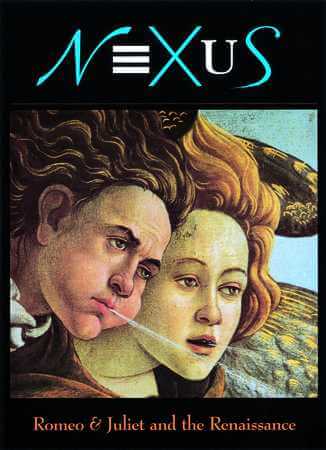NEXUS CONNECTS: Antigone Virtual Supplements and Lessons with Worksheets:
These ONLINE Common-Core aligned Antigone supplements, although designed to be extensions of the NEXUS book Antigone and the Greek World, can also be taught independently of the book.
TO ACCESS ANY OR ALL ANTIGONE SUPPLEMENTS, ORDER HERE.
(NOTE: Unlike NEXUS books, all NEXUS supplements are virtual.)
TO ENSURE THE INTEGRITY OF THE ANSWERS TO LESSON QUESTIONS, THEY ARE NOT POSTED ONLINE.
TO REQUEST THE ANSWERS, EITHER EMAIL US A REQUEST, USING THE LINK BELOW, WITH YOUR DEPARTMENT HEAD’S OR PRINCIPAL’S SCHOOL EMAIL ADDRESS (Answers will not be sent to personal email addresses)
OR
SEND AN SASE (with the appropriate amount of postage) ON SCHOOL LETTERHEAD, ADDRESSED TO THE DEPARTMENT CHAIR to
NEXUS, 5017 Archmere Ave., Cleveland, OH 44144
History and Life Lessons – Antigone Supplement 1
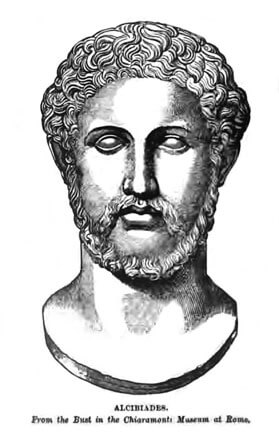
![]() Athens’ Hubris – The Turning Point of the Peloponnesian War
Athens’ Hubris – The Turning Point of the Peloponnesian War
In this Antigone supplement and lesson students examine conflicting arguments regarding Athenian aggression during the Peloponnesian War. They also compare the Athenian invasion of Melos to the Greeks’ treatment of the Trojans after the fall of Troy. The Greeks’ brutal post-war behavior at Troy is more fully examined in the NEXUS supplement “The Trojan Women – Euripides Great Anti-War Tragedy.” “Athen’s Hubris” also introduces students to Thucydides History of the Peloponnesian War.
For INSTANT ACCESS to this online ANTIGONE Supplement and Lesson
Scene-Writing Lesson – Antigone Supplement 2
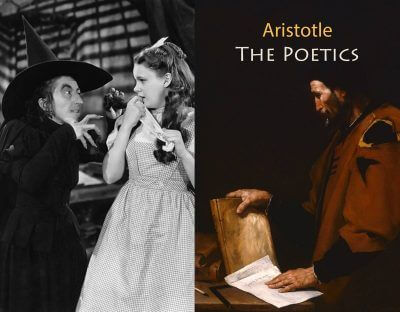
![]() Aristotle On the Yellow Brick Road –
Aristotle On the Yellow Brick Road –
Writing Your Own Drama Lesson
This engaging supplement-lesson teaches students to apply elements of Aristotle’s Poetics to both Antigone and The Wizard of Oz. Then, using these models, students create a plot map for their own drama which will include both exterior and interior road blocks (obstacles) on what we call “the Yellow Brick Road” to each of their character’s goals.
For INSTANT ACCESS to this online ANTIGONE Supplement and Lesson
Poetry – Antigone Supplement 3
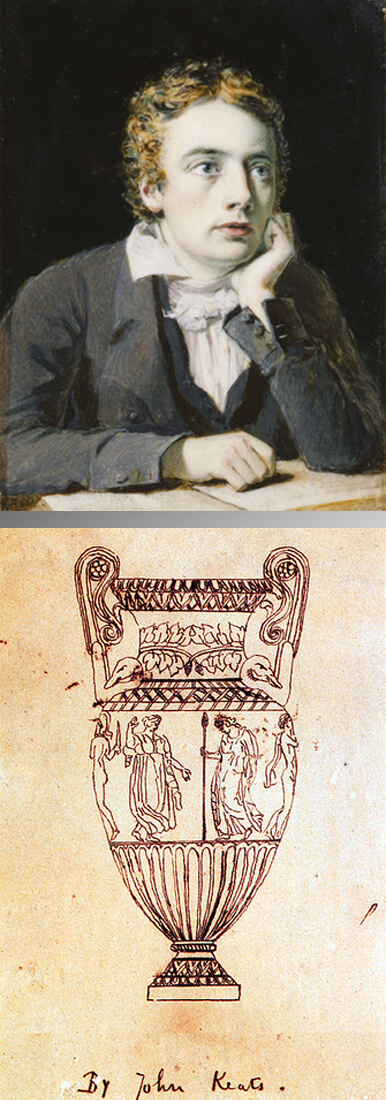
![]() Lessons On John Keats’s Greek Odes
Lessons On John Keats’s Greek Odes
This supplement and lesson (with two 15-question worksheets) helps students explore and interpret the themes and figurative language in Keats’s two great Greek odes, Ode on a Grecian Urn and Ode to Psyche, in the context of Ancient Greek culture. Students also compare the poems to other art works in visual and musical media.
For INSTANT ACCESS to this online ANTIGONE Supplement and Lesson
COMMON CORE STANDARDS MET WITH THIS LESSON:
Determine a theme or central idea of a text and analyze in detail its development over the course of the text, including how it emerges and is shaped and refined by specific details; provide an objective summary of the text.
Determine the meaning of words and phrases as they are used in the text, including figurative and connotative meanings; analyze the cumulative impact of specific word choices on meaning and tone (e.g., how the language evokes a sense of time and place; how it sets a formal or informal tone).
Analyze the representation of a subject or a key scene in two different artistic mediums, including what is emphasized or absent in each treatment (e.g., Auden’s “Musée des Beaux Arts” and Breughel’s Landscape with the Fall of Icarus).
Greek Tragedy Lessons – Antigone Supplements 4-6
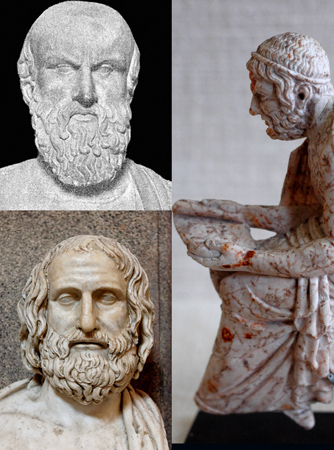
![]() The Three Kings of Tragedy
The Three Kings of Tragedy
In this supplement students explore the trajectory (evolution) of Greek tragedy from the plays of Aeschylus, to the plays of Sophocles to the psychological dramas of Euripides.
For INSTANT ACCESS to this online ANTIGONE Supplement and Lesson
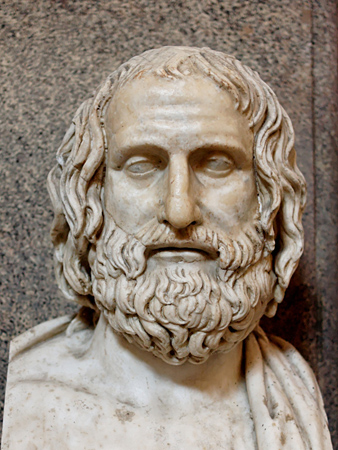
![]() The Trojan Women – Euripides’ Great Anti-War Tragedy
The Trojan Women – Euripides’ Great Anti-War Tragedy
In this supplement-lesson students examine war from the losers’ perspective. The lesson fosters empathy as students objectively examine the tragedy of war and its aftermath through the lens of Euripides’ play. This supplement also compares Athenian behavior at Melos to the Greeks’ treatment of the Trojans. This topic is further explored in the NEXUS supplement “Athens’ Hubris.”
SAMPLE: “In 416, Athens demanded that the neutral island of Melos join the Delian League. When the Melians refused, Athens sacked the small city-state, massacring all the adult males and selling the women and children as slaves. Athens had never been so ruthless. Perhaps fifteen years of war had numbed the Athenian conscience. But not all the people were emotionally anaesthetized. Shortly after the invasion, Euripides wrote The Trojan Women, a play condemning war, especially naked aggression. The Trojan Women didn’t directly criticize the attack on Melos. On the surface it chronicles the aftermath of the fall of Troy: the enslavement of the women and children by the Greek army (following the massacre of the Trojan men). But for Athens, the play was a looking glass, reflecting her recent past. The time, place and people were different, but the behaviors were identical. The Trojan Women also mirrored Athens’ future. As the play was being written, she was planning an attack on neutral Sicily.”
For INSTANT ACCESS to this online ANTIGONE Supplement and Lesson
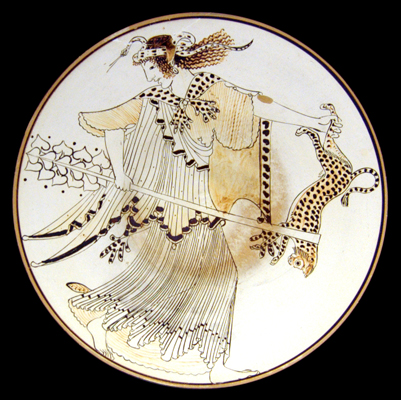
![]() Dramatic Dance in Greek Tragedy
Dramatic Dance in Greek Tragedy
Fifth Century Greek Drama is dance drama. Too often, in modern productions of Greek plays, the chorus speaks the verse while standing still. This would be like John Travolta standing in one spot and reciting his lines in Grease. In this Antigone supplement-lesson students learn to visualize and choreograph Greek dance by following the rhythms and textual cues of strophe/antistrophe in Antigone. Comparing the rhythms and text of the 2nd (“Ode to Man”) and 5th odes of the tragedy, they will identify connections and contrasts and then choreograph the “Ode to Man” using symmetrical, mimetic movements (Aristotle has told us that Greek dramatic dance was mimetic, mirroring the text.)
For INSTANT ACCESS to this online ANTIGONE Supplement and Lesson
Shakespeare Study Hall (Coming Soon)
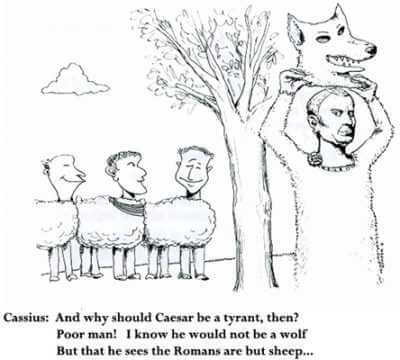
![]() Tackling the Figurative Language in Shakespeare’s Plays (SHAKESPEARE STUDY HALL – COMING SOON)
Tackling the Figurative Language in Shakespeare’s Plays (SHAKESPEARE STUDY HALL – COMING SOON)
In the online SHAKESPEARE STUDY HALL students explicate Shakespeare’s figurative language using graphic tools that help them to identify antithesis, parallelism, oxymoron, etc. The language is made clear and entertaining with cartoons that SHOW what Shakespeare SAYS.
The SSH is divided into three rooms – brain workout rooms: 1) the Romeo and Juliet Room; 2) the Macbeth Room; and 3) the Julius Caesar Room. Each year students’ facility with Shakespeare’s figurative language will greatly improve as they advance to the higher numbered rooms and tackle increasingly challenging exercises – or mental aerobics. As students acquire mastery over Shakespeare’s language, their reading and critical thinking skills will dramatically improve in literature and all other subjects.
NEXUS is a 501(c)(3) nonprofit based in Cleveland, OH. Our mission is to provide schools with outstanding interdisciplinary resources that inspire students to THINK, LINK and IMAGINE.
A portion of our proceeds is donated annually to UNICEF’S Audrey Hepburn All Children in School Fund.


